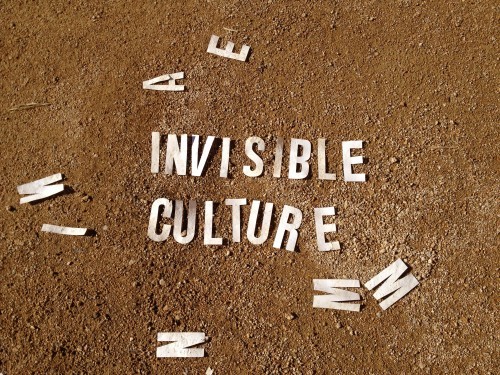
Continuing the discussion from Laura McLean-Ferris on Trevor Paglen:
Over at InVisible Culture journal there is an article by Jayne Wilkinson on questions of the representational in visual art exemplified through Taryn Simon’s and Trevor Paglen’s work as well as theoretical accounts by Judith Butler, Ariella Azoulay and Alexander Galloway amongst others. Given the import of the topic beyond photography (and the discussion of Trevor Paglen’s work over in the Laura McLean-Ferris on Trevor Paglen - thread) I think this deserves some heightened visibility. Following is a litte exerpt, for the full article click here.
THE IMPOSSIBILITY OF REPRESENTATION
Addressing the limits of representational aesthetics, media theorist Alexander Galloway considers representation as it relates to sites of power within the information society, or within what he recognizes, from Deleuze, as a society of control.[45] By framing the argument to ask how it is possible for something to be unrepresentable in a world saturated by data and information,[46] Galloway approaches the issue of transparency and secrecy with recourse to the relative opacity of data visualization instead of through recourse to the politics of images, as Jacques Rancière, Azoulay and Butler all do. Whereas Rancière’s longstanding examination of the intersection of aesthetics and politics places him within a discourse that firmly roots questions of representation within questions of political violence,[47] for Galloway the impossibility of representation is precisely that neither political nor aesthetic representation is ever possible. He identifies that “one of the key consequences of the control society is that we have moved from a condition in which singular machines produce proliferations of images, into a condition in which multitudes of machines produce singular images.”[48] One camera does not produce many images, but many cameras (or computers, or smartphones) produce one image. This is a situation where photography no longer records an event but is instead a process or accumulation of many microevents; it does not track a unified point in time, it opens onto many. Photography is not the actual or metaphorical click of the shutter but is instead the instantaneous uploading, tagging, geotagging, searching, facial recognizing, networking, sharing, and filtering of images. This networked image landscape is one where innumerable machines produce not individual, varied, differentiated images but singular images, images that conform to societal codes and conventions.[49] For Galloway this proves that “adequate visualizations of [the] control society have not happened. Representation has not happened. At least not yet.”[50]
[…]
The questions addressed throughout this paper may appear specific to photography as an aesthetic and artistic practice, but ultimately they have much broader implications in an era that privileges communicational transparency to the point where certain freedoms and values are being severely limited. As visual forms of communication become the most prevalent forms of social media–and the trend towards imagesharing sites like Instagram and Tumblr offer evidence of this shift–the currency of this form of exchange is the ability to store and manipulate data in ever expanding, seamless, and seemingly invisible sites. How information is presented, represented, and understood in a networked era are questions only beginning to be fully addressed.